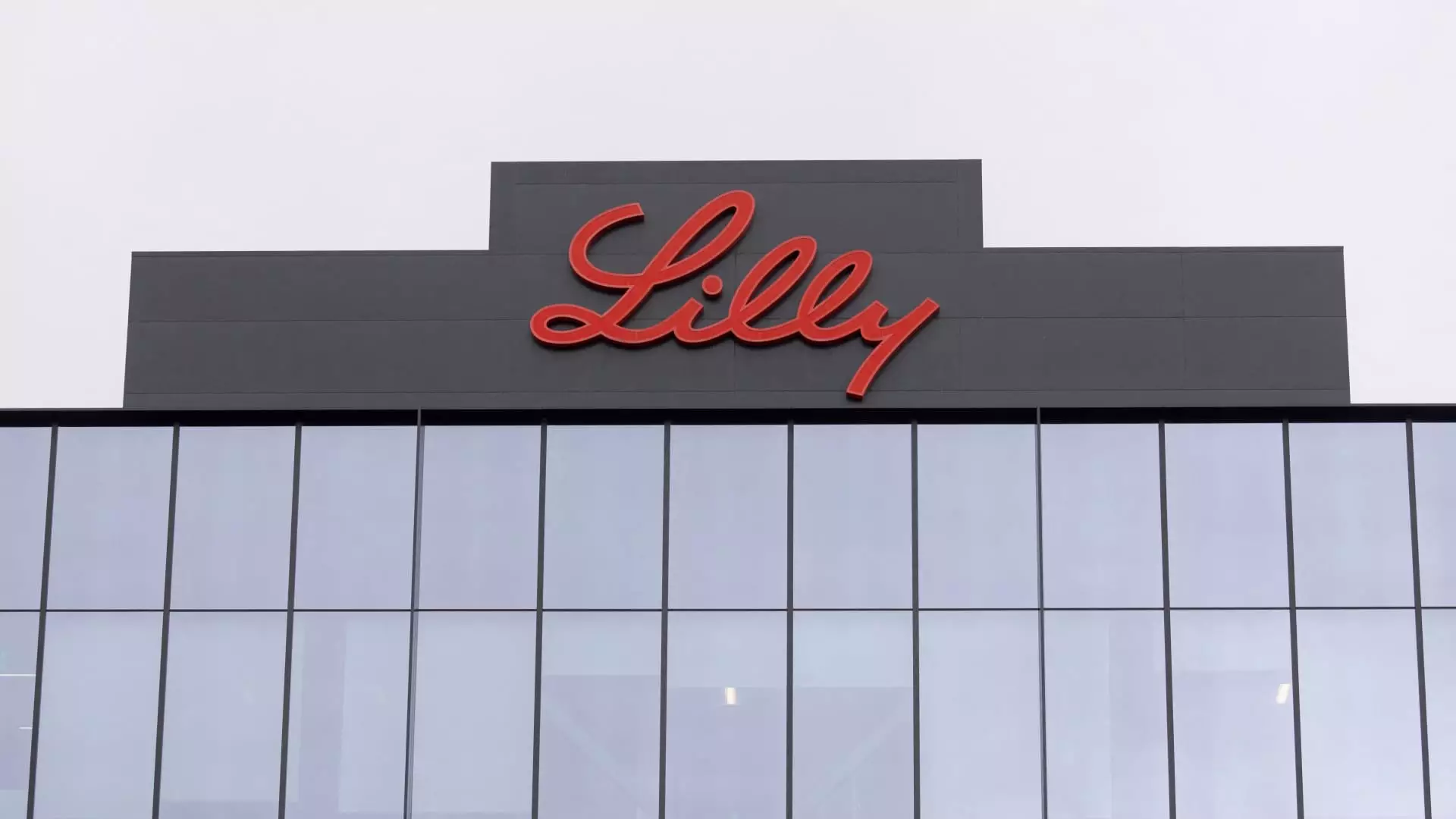Eli Lilly’s recent earnings report for the third quarter has sent shockwaves through the pharmaceutical sector, as the company reported lower-than-expected profits and revenue figures. The disappointment resulted in approximately a 10% drop in stock prices, reflecting investor concerns over the company’s future performance. The disappointing results can be largely attributed to disappointing sales from Eli Lilly’s flagship weight loss drug, Zepbound, and its diabetes treatment, Mounjaro. These two products have generated significant revenue streams for the company, suggesting that their underperformance poses a serious threat to Eli Lilly’s economic stability.
In a notable shift, Eli Lilly has reduced its full-year adjusted earnings guidance from a range of $16.10 to $16.60 per share down to a more conservative estimate of $13.02 to $13.52 per share. This recalibration signifies not just a reaction to the current market dynamics, but also an acknowledgment of the broader challenges it faces, particularly in managing supply chain dynamics and adjusting to market expectations. The company also adjusted its revenue forecast downward, anticipating total sales between $45.4 billion and $46 billion rather than the previously estimated high of $46.6 billion.
A significant factor influencing these financial results was a $2.8 billion charge related to recent acquisitions that Eli Lilly undertook. Such charges can often indicate investments in future growth, but in the short-term, they can severely impact earnings. Investors are left analyzing whether these acquisitions can ultimately lead to growth or if they represent a misstep by management in strategizing their portfolio.
Despite the headline-grabbing figures, it’s important to recognize that Eli Lilly still experienced a 20% year-on-year revenue increase, with revenues hitting $11.44 billion. This growth came amidst challenges related to supply shortages, particularly for its incretin drugs, such as Zepbound and Mounjaro. These treatments have become increasingly popular for their dual role in managing weight and regulating blood sugar; however, demand outpacing supply has pressured the company’s ability to fulfill customer needs.
The company’s operational hiccups concerning supply have shown signs of improvement, as the Food and Drug Administration (FDA) recently announced that all doses of Zepbound and Mounjaro are now available in the U.S. following past shortages. However, the FDA warns that availability at pharmacies may still vary, potentially leading to customer dissatisfaction and a further erosion of trust in Eli Lilly’s product reliability.
As Eli Lilly strives to navigate this turbulent landscape, it faces formidable challenges in restoring investor confidence and fulfilling the enormous market demands for its products. While the reallocation of resources towards manufacturing capacity represents a positive development, the long-term implications of recent financial adjustments and supply-chain constraints cannot be overlooked. The company’s ability to efficiently manage these dynamics will be critical in determining its market position moving forward. Investors and analysts alike will be watching closely for how Eli Lilly adapts its strategy in response to these unfolding challenges.


Leave a Reply